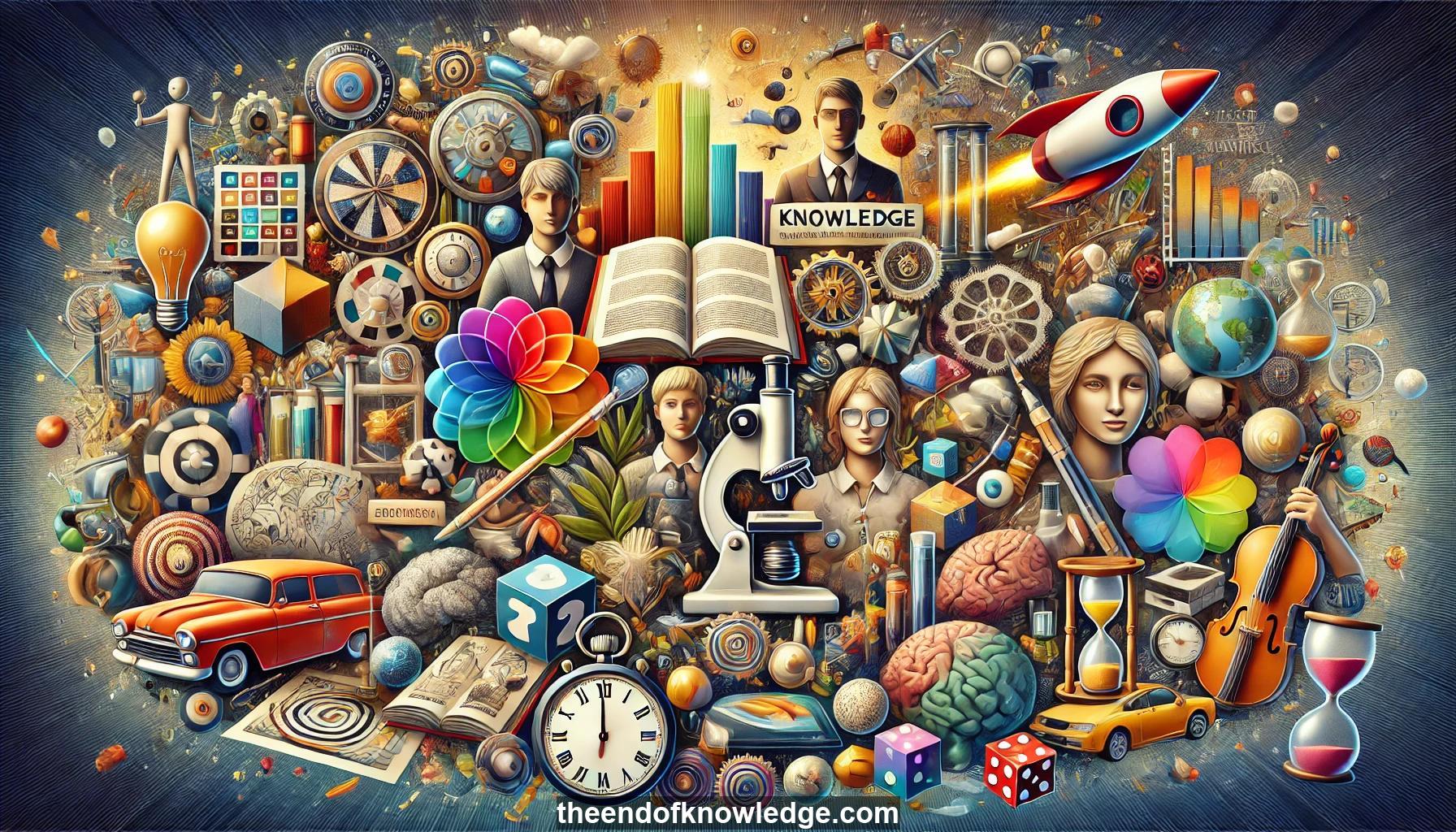 >
>
Concept Graph & Resume using Claude 3.5 Sonnet | Chat GPT4o | Llama 3:
Resume:
1.- Deep learning: A branch of machine learning using neural networks with multiple layers to learn hierarchical representations of data.
2.- Supervised learning: Training machine learning models on labeled data to make predictions or classifications.
3.- Convolutional Neural Networks (CNNs): Deep learning architectures specialized for processing grid-like data, particularly effective for image analysis.
4.- Feature extraction: The process of automatically learning relevant features from raw data, replacing manual feature engineering.
5.- End-to-end learning: Training models to map directly from raw inputs to desired outputs without intermediate hand-designed representations.
6.- ImageNet: A large-scale image dataset that catalyzed advances in deep learning for computer vision tasks.
7.- GPU acceleration: Using graphics processing units to significantly speed up neural network training and inference.
8.- Transfer learning: Applying knowledge gained from one task to improve performance on a related task.
9.- Semantic segmentation: Assigning class labels to each pixel in an image for detailed scene understanding.
10.- Object detection: Identifying and localizing multiple objects in images or video frames.
11.- Real-time processing: Performing AI tasks fast enough for immediate use, like in mobile applications or autonomous vehicles.
12.- Open-source AI: Publicly available AI software and models that accelerate research and development in the field.
13.- Natural Language Processing (NLP): AI techniques for understanding, interpreting, and generating human language.
14.- Neural machine translation: Using neural networks for automated translation between languages.
15.- Reinforcement learning: Training agents to make sequences of decisions by interacting with an environment.
16.- Sample efficiency: The ability to learn effectively from limited amounts of training data.
17.- Common sense reasoning: The challenge of imbuing AI systems with general knowledge humans take for granted.
18.- World models: Internal representations of how the world works, enabling prediction and planning.
19.- Self-supervised learning: Learning useful representations from unlabeled data by predicting parts of the input.
20.- Adversarial training: A technique where two neural networks compete, one generating fake data and another discriminating real from fake.
21.- Generative models: AI systems that can create new, realistic data samples like images or text.
22.- Video prediction: Forecasting future frames in a video sequence based on past observations.
23.- Latent variable models: Incorporating unobserved variables to capture uncertainty and generate diverse predictions.
24.- Model-based reinforcement learning: Using learned world models to plan actions and improve sample efficiency.
25.- Autonomous driving: Applying AI techniques to enable vehicles to navigate and make decisions without human input.
26.- Multi-modal learning: Integrating information from multiple types of data (e.g., vision and language) for more robust AI systems.
27.- Explainable AI: Developing techniques to make AI decision-making processes more interpretable and transparent to humans.
28.- Few-shot learning: The ability to learn new tasks or concepts from very few examples.
29.- AI ethics: Considering the societal impacts and moral implications of AI development and deployment.
30.- Science of intelligence: The quest to develop a fundamental theoretical understanding of intelligence, both artificial and biological.
Knowledge Vault built byDavid Vivancos 2024